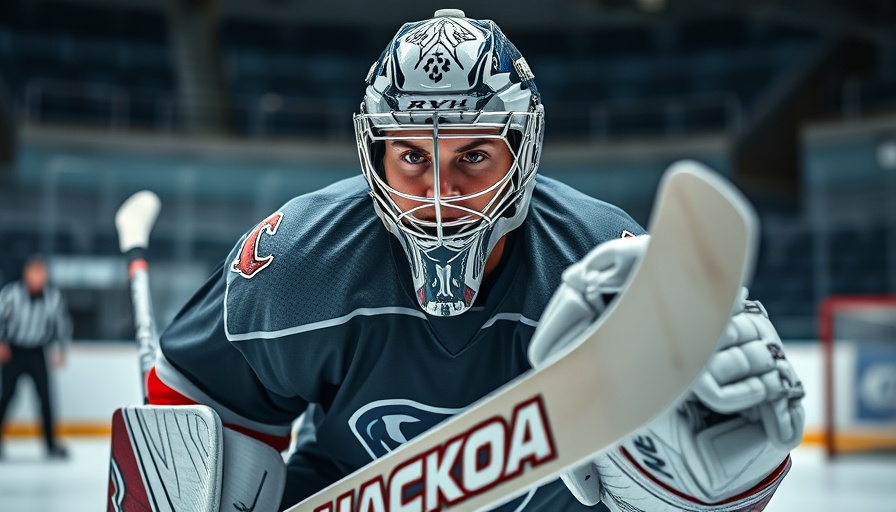
Understanding the Transition into Hockey Season
The return to hockey practice can bring both excitement and challenges for young goalies. As shared in the Goalie Science podcast, the transition from offseason training to a structured team environment often requires mental and physical adjustments. Coaches and parents must understand that this shift can affect performance, sometimes leading to less-than-ideal starts to the season. Goalies may find themselves 'out of routine,' impacting their focus and conditioning. Acknowledging this, parents should encourage a relaxing transition period, allowing young athletes to acclimatize effectively as they re-enter the sport.
In 'Are you READY TO PLAY games? | GOALIE SCIENCE Episode 125', the discussion dives into the complexities of preparing young goalies for the season, paving the way for our deeper insights into their development and training.
Building Consistency: Key Practices for Goalies
Consistency is crucial for any goalie. During offseason training, athletes should focus on structure that gradually increases in specificity as they approach the competitive season. This means beginning with general drills and moving to targeted practices that simulate game scenarios. Key elements like tracking rebounds and managing pressure in practice must be developed; these skills could determine a goalie's success when they step on the ice for the first game of the season.
The Importance of Repetition in Goalkeeping
Another vital point discussed in the episode is the need for practice repetitions. Young goalies are advised to take a relaxed approach during their first few games. Establishing that first five-game buffer helps alleviate performance anxiety while granting goalies the chance to find their rhythm and adapt to the game dynamics. It is typical for even the best goalies to struggle initially, highlighting that patience and continuous learning are essential.
Goalie Training Techniques to Enhance Game Preparedness
As highlighted by Dr. Jamie Phillips and Derek Bjan, integrating techniques that enhance spatial awareness and cognitive processing can prepare athletes better. For instance, goalies should learn how to track the puck while simultaneously maintaining awareness of players around them. This dual focus enhances their capacity to make quick decisions that could lead to game-saving plays. Drills emphasizing scanning the ice while engaged can yield significant long-term benefits.
Building Gear Familiarity and Confidence
A key consideration for goalies is their gear. As discussed in the episode, selecting the right hockey gear—particularly gloves—can significantly impact performance. A well-fitted glove allows for better handling and reduces the risk of injury, which complements a goalie's style of play. Parents should help their young goalies become familiar with their equipment, ensuring it enhances their confidence on the ice.
How Coaches Can Build Team Culture
Lastly, a positive team culture can play a vital role in a goalie's seasonal transition. Coaches should foster an environment where goalies feel valued and supported. Creating team routines that promote bonding, stress relief, and high spirits can help young players settle into their roles more comfortably, enhancing overall performance.
In conclusion, understanding the nuances of transitioning back into hockey season can harness great benefits for goalies. By focusing on building consistency, ensuring proper gear, and maintaining open communication within teams, all players can rise to their potential. Encourage your young goalie to embrace patience and practice diligently; the rewards will come.
 Add
Add 

 Add Row
Add Row 


Write A Comment